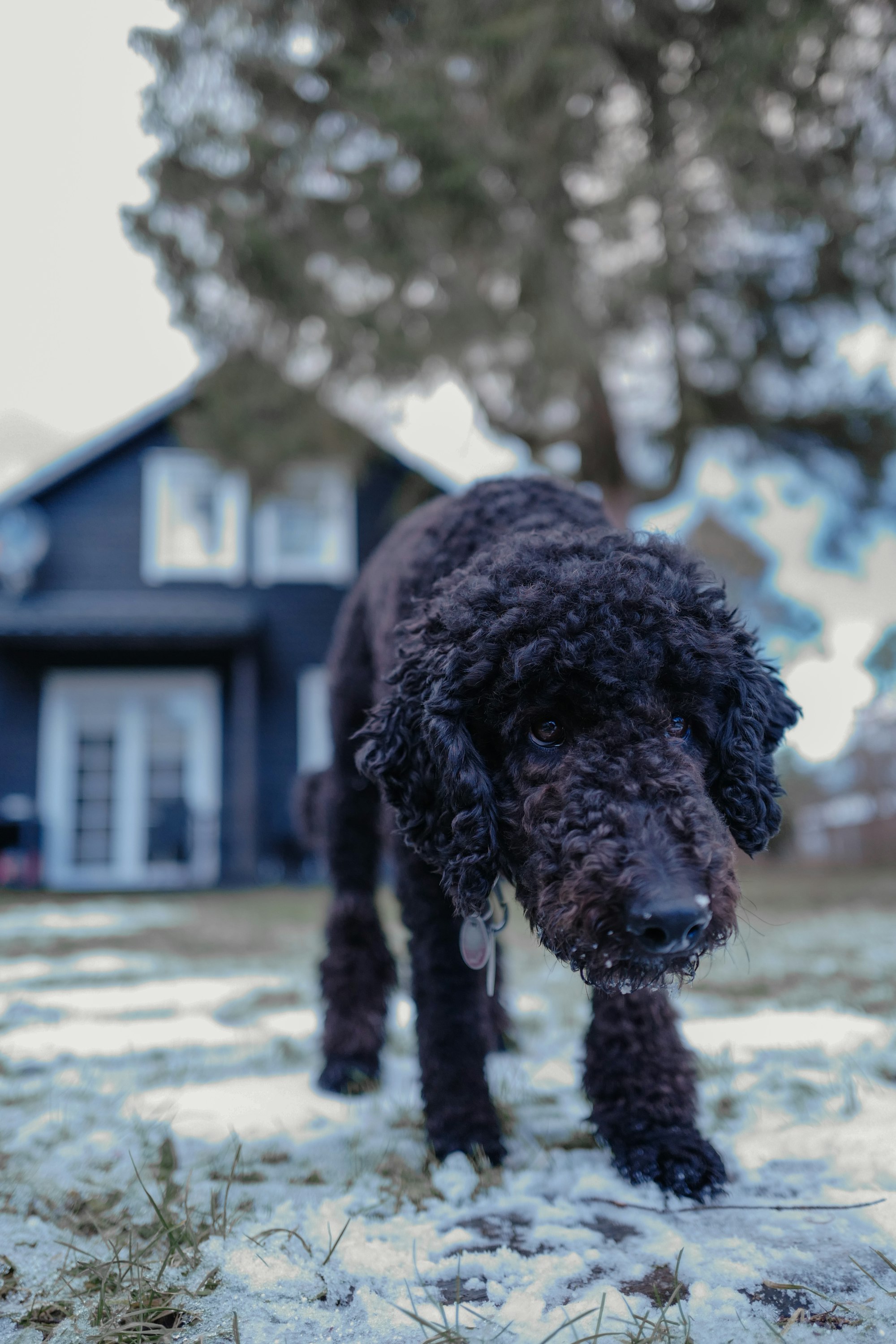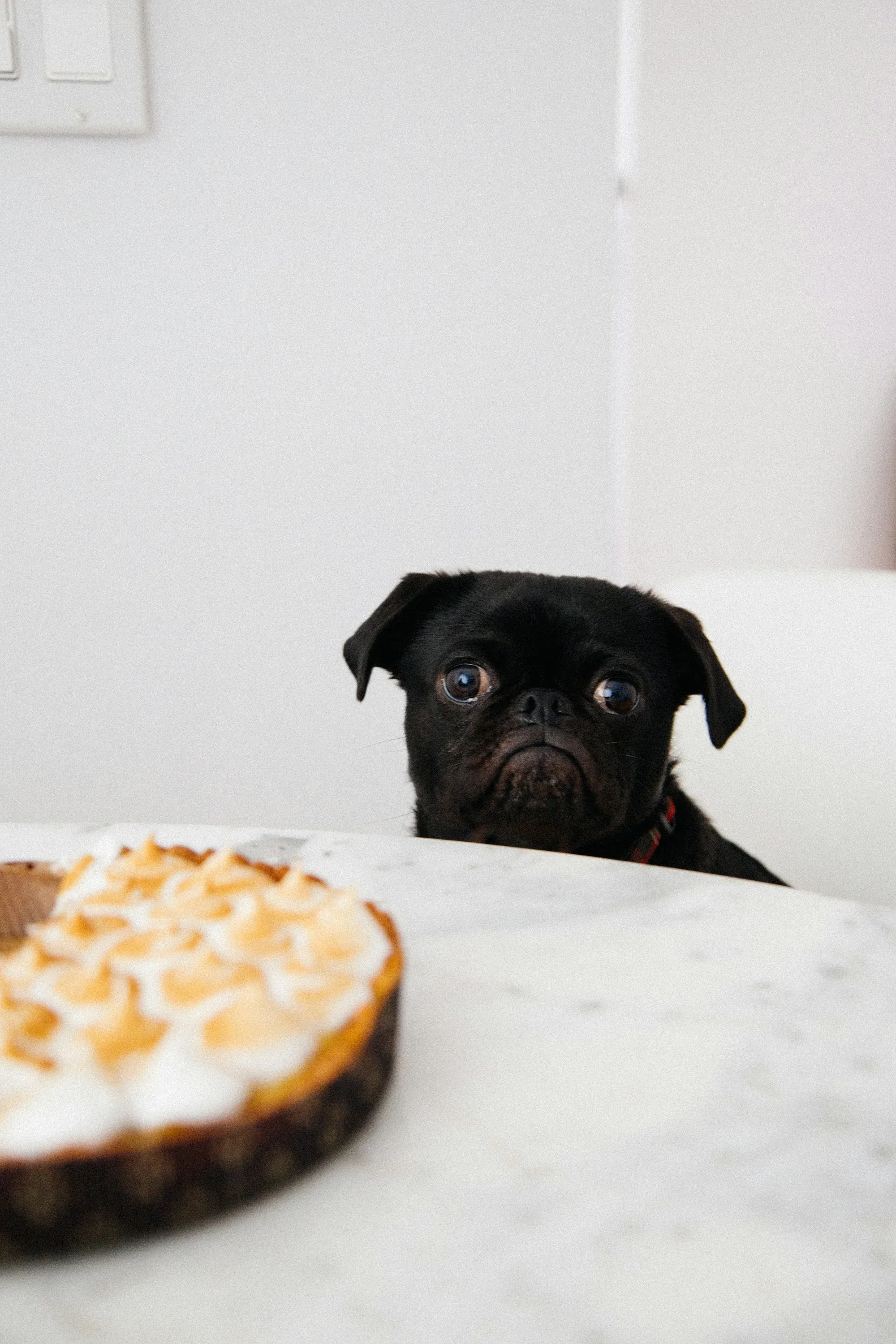Teaching a dog new tricks can be both entertaining and immensely rewarding. Among the classic maneuvers that most dog owners aspire to teach their furry friends is the delightful 'roll over'. While it might seem like a daunting task, with the right approach and a touch of patience, it can be achieved with relative ease.
In this guide, we'll break down the process of mastering 'how to teach a dog to roll over' into simple, manageable steps that will have your canine companion performing this fun trick in no time!
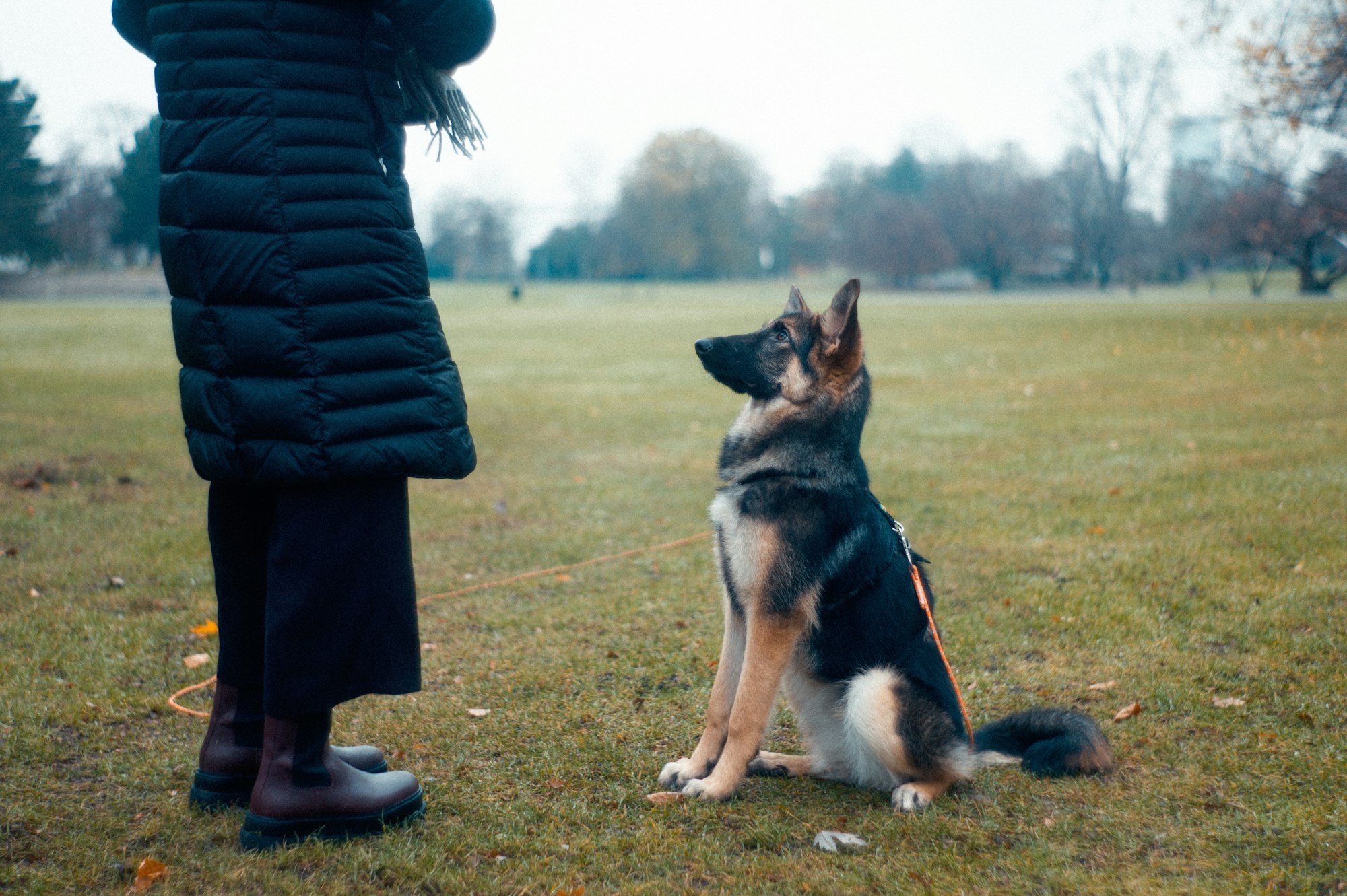
Follow These Simple Steps!
While It may seem daunting to try and train your pup, don't worry. We've broken it all down and have steps and examples.
Step 1: Establish a Strong Foundation of Basic Commands
Before you begin teaching your dog to roll over, it's essential to ensure they have a solid understanding of basic commands, such as "sit" and "down." These foundational commands make it easier for your dog to learn more complex tricks.
Step 2: Choose the Right Environment and Treats
Selecting an appropriate training environment is crucial. Find a quiet space with minimal distractions where your dog feels comfortable. A familiar location, like your living room or backyard, is ideal.
Additionally, make sure you have your dog's favorite treats on hand. These will serve as motivation and positive reinforcement throughout the training process.
Step 3: Lure Your Dog into the "Down" Position
Begin by asking your dog to lie down. This is where your dog's understanding of the "down" command comes into play. If your dog struggles with this, consider revisiting basic command training before attempting the roll over trick.
Step 4: Guide Your Dog Through the Roll Over Motion
With your dog in the "down" position, hold a treat close to their nose and slowly move it towards their shoulder. This should cause your dog to turn their head and shift their weight to one side. As they do this, gently guide them with the treat, encouraging them to complete the roll over motion.
Step 5: Add the Verbal Cue
Once your dog consistently rolls over with the help of the treat, it's time to introduce the verbal cue. As your dog begins to roll, say "roll over" in a clear and upbeat tone. Practice this repeatedly, pairing the verbal cue with the action until your dog associates the two.
Step 6: Gradually Phase Out the Treat
To ensure your dog doesn't become reliant on treats, slowly phase them out. Start by rewarding your dog every other time they successfully roll over, then gradually reduce the frequency of treats until they're only occasionally given. Remember to always offer verbal praise and affection as reinforcement, even when not providing a treat.
Step 7: Practice, Practice, Practice
Consistency and repetition are key to solidifying any new skill. Set aside time each day to practice the roll over trick with your dog. Over time, your dog will become more confident and reliable in their ability to roll over on command.
Troubleshooting Common Challenges
As with any new skill, you may encounter some challenges while teaching your dog to roll over. Here are some common issues and tips for overcoming them:
Challenge: Your Dog is Fearful or Uncomfortable with Rolling Over
Some shepadoodles might exhibit hesitance to roll over due to unease or discomfort. If your shepadoodle faces challenges with this maneuver, consider segmenting the motion into incremental parts, rewarding them after each successful action. Moreover, it's crucial to ensure the training area is plush and cozy for your shepadoodle.
Challenge: Your Dog Doesn't Follow the Treat
If your dog is not following the treat during the roll over motion, try using a more enticing reward. Some dogs may respond better to a toy or verbal praise. Experiment with different rewards to find what works best for your dog.
Challenge: Your Dog Only Rolls Over with Treats
If your dog only rolls over when a treat is involved, gradually reduce the frequency of treats, as mentioned in Step 6. Remember to continue providing verbal praise and affection as positive reinforcement.

Expanding Your Dog's Trick Repertoire
Once your dog has mastered the roll over trick, consider expanding their repertoire with other fun and engaging tricks, such as:
- Play dead
- Shake hands
- Spin
- Fetch
- Speak
Remember, teaching your dog new tricks not only provides mental stimulation but also strengthens the bond between you and your furry friend.
The Importance of Socialization in Training
Socialization plays a crucial role in helping your dog become well-rounded and confident. Exposing your dog to various environments, people, and other animals can improve their ability to learn new tricks like rolling over. A well-socialized dog is more likely to be calm and focused during training sessions.
Consistency in Training Sessions
When teaching your dog to roll over, maintaining consistency in your training sessions is essential. Aim to practice at the same time each day and use the same verbal cues and hand signals. This consistency helps your dog understand what is expected of them and reinforces the desired behavior.
The Role of Patience in Training
Patience is a crucial component of successful dog training. Some dogs may take longer to learn the roll over trick than others. Be prepared to invest time and effort into the training process, offering your dog plenty of encouragement and support along the way.
Celebrating Your Dog's Success
As your dog learns to roll over, it's essential to celebrate their success. Offering praise, affection, and the occasional treat can help reinforce their new skill and motivate them to continue learning. Celebrating your dog's achievements not only benefits their training but also strengthens your bond and make your dog happy.

The Benefits of Teaching Multiple Tricks
After your dog has mastered the roll over trick, teaching them additional tricks can offer numerous benefits, such as increased mental stimulation, improved obedience, and enhanced communication between you and your furry friend. A well-trained dog is not only a joy to be around but also better equipped to navigate various situations and environments.
The Importance of Exercise and Mental Stimulation
A well-exercised dog is more likely to be focused and engaged during training sessions. Ensuring your dog receives adequate physical exercise and mental stimulation is crucial for their overall well-being and success during training. Activities such as walks, playtime, and puzzle toys can help keep your dog active and mentally engaged.
Building Trust Through Training
Teaching your dog to roll over is not only a fun trick but also a fantastic way to build trust between you and your pet. As you work together and communicate during training sessions, your dog will learn to trust your guidance and respond positively to your cues.
Involving the Whole Family in Training
Involving the entire family in the training process can help reinforce the skills your dog is learning, ensuring that they respond consistently to commands from all family members. This consistency is crucial for your dog's overall obedience and understanding of the trick.
Group Training Classes and Professional Assistance
If you're struggling to teach your dog to roll over or other tricks, consider enrolling in group training classes or seeking professional assistance. Group classes provide an opportunity to socialize your dog and learn from experienced trainers in a supportive environment. Professional trainers can also offer personalized guidance tailored to your dog's unique needs and temperament.
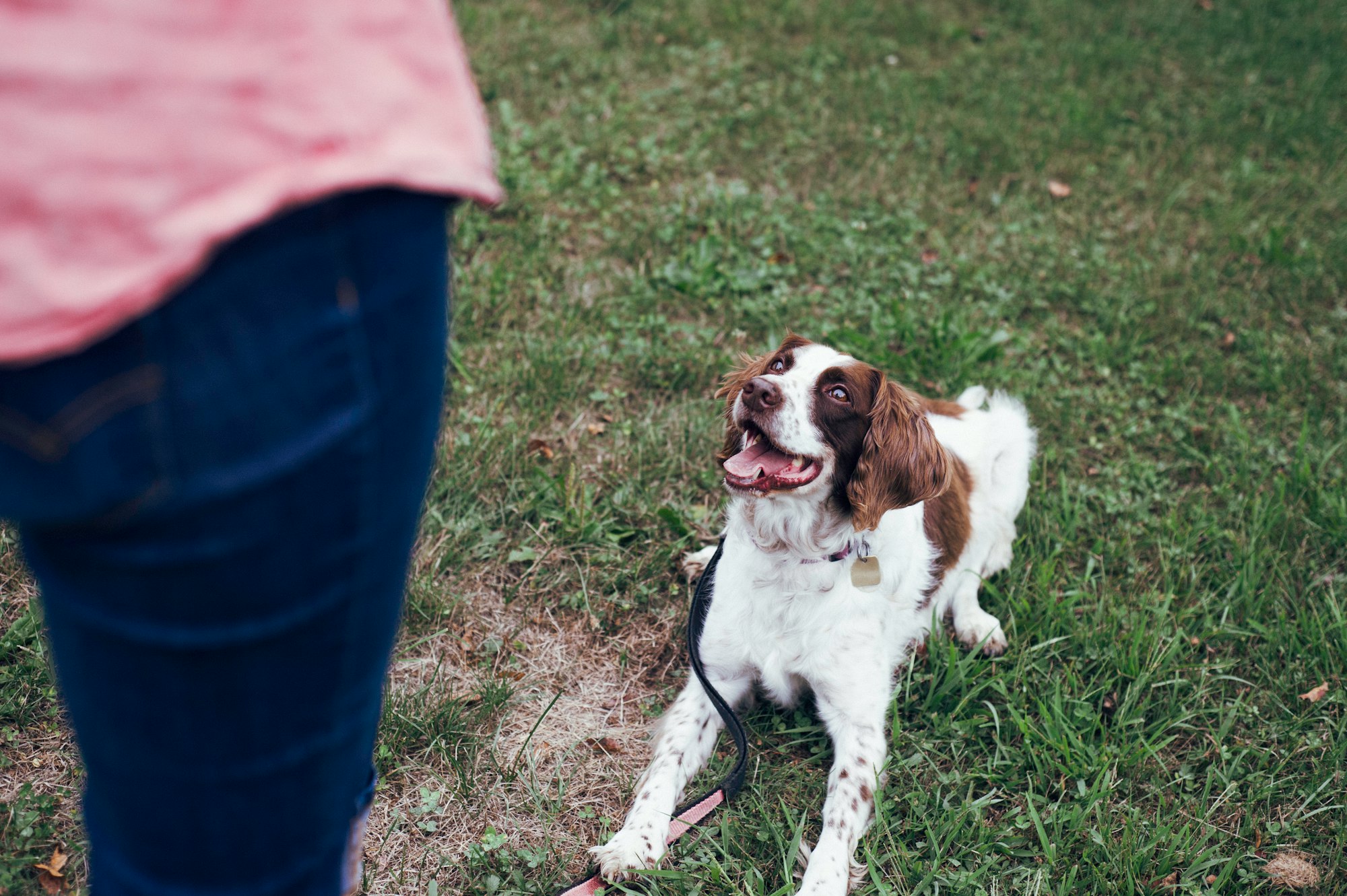
Incorporating Clicker Training
Clicker training is a positive reinforcement training method that can help your dog learn new tricks, including rolling over. By using a clicker to mark desired behaviors, you can effectively communicate with your dog and help them understand what you're asking them to do.
Training Dogs of All Ages
While it's often easier to teach tricks to puppies, dogs of all ages can learn new skills with patience and consistency. Older dogs may require more time and encouragement, but they can still learn tricks like rolling over, as long as they're physically able to perform the movements.
Maintaining Your Dog's Skills
After your dog has learned the roll over trick, it's important to practice regularly to maintain their skills. Regular practice will help reinforce the behavior and ensure your dog remains familiar with the command.
Adapting Training for Dogs with Physical Limitations
If your dog has physical limitations or health issues, it's crucial to adapt the training process to their needs. Consult with your veterinarian to determine which tricks and exercises are appropriate for your dog's condition. Some dogs may be unable to perform the roll over trick due to physical constraints but can still engage in other types of training activities.
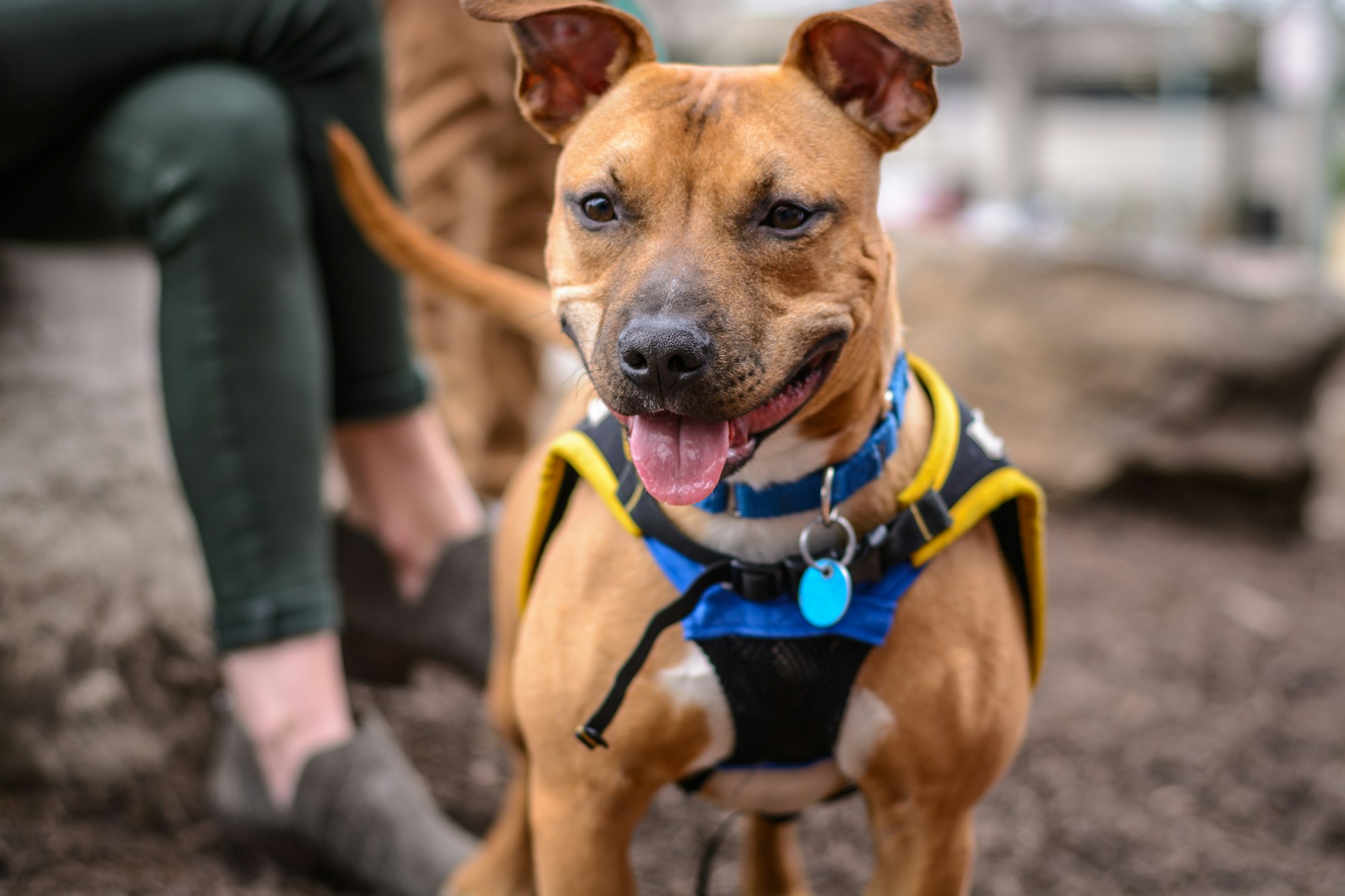
The Role of Training in Preventing Behavior Problems
Regular training sessions can help prevent behavior problems in dogs by providing mental stimulation and teaching them appropriate behaviors. Teaching your dog tricks like rolling over can help redirect their energy and focus, reducing the likelihood of unwanted behaviors. Other good ways to improve their mental stimulation would be trying dog sports or even a flirt pole.
Training as a Form of Enrichment
In addition to building trust and teaching obedience, training your dog to roll over and other tricks can serve as a form of enrichment. Engaging your dog in regular training sessions stimulates their mind, encourages problem-solving, and provides a source of mental and physical exercise.
Training as a Tool for Strengthening Human-Canine Relationships
The process of teaching your dog to roll over and other tricks can help strengthen the bond between you and your pet. As you work together, communicate, and celebrate achievements, you'll build a deeper connection and understanding of each other's needs.
How Fi's GPS Dog Collar Can Help During Training
While teaching your dog to roll over, it's essential to ensure their safety, especially if you're training outdoors. A GPS dog collar, like Fi's, offers peace of mind by allowing you to track your dog's location in real-time.
The Fi GPS dog collar is a high-quality tracking device designed to help keep your dog safe and secure. With its long battery life and durable construction, Fi's collar is perfect for pet owners who want the best for their furry friends.
Final Takeaways
Teaching your dog to roll over is a fun and rewarding experience that offers numerous benefits for both you and your pet. By following the tips and advice outlined in this comprehensive guide, you'll be well on your way to helping your dog learn this entertaining trick. Remember that patience, consistency, and positive reinforcement are essential for successful training. Whether you're working with a young puppy or an older dog, embrace the process, celebrate your dog's achievements, and enjoy the lifelong bond you're building with your canine companion.
Find more helpful articles on pet-parenting at the Off Leash blog at TryFi.com.
Also, be sure to check out TryFi's Fi Dog Collar, a cutting-edge GPS tracking collar that keeps you updated on your dog's location, activity, sleep, and alerts you if they escape the backyard. Try the Fi Dog Collar today!
